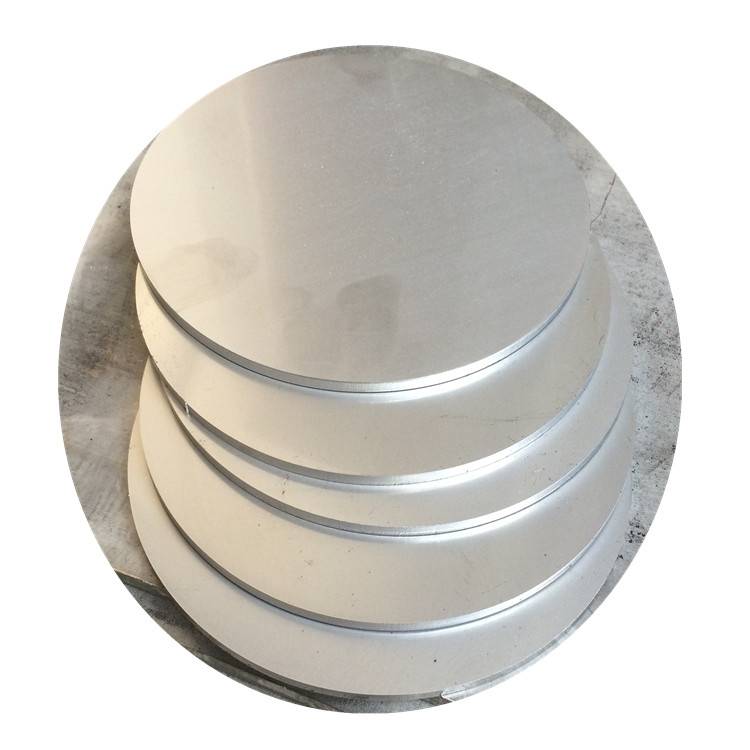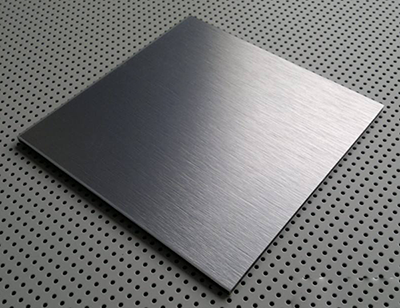
There are three basic rolling surface treatments for sheet and strip, which are represented by the production process of sheet and strip.
No.1: After hot rolling, annealing, acid washing, and descaling. The surface of the processed steel plate is a dull and slightly rough surface.
No.2D: Better surface processing than N0.1, but also a dull surface. After cold rolling, annealing, descaling, and finally light rolling with a rough roller.
No.2B: This is the most commonly used in construction applications, except for the final light cold rolling with a polishing roller after annealing and descaling. Other processes are the same as 2D, with a slightly shiny surface that can be polished.
NO.2B high light annealing(BA): This is a reflective surface that is polished, rolled, and finally annealed in a controlled atmosphere. High light annealing still maintains its reflective surface and does not produce oxide scale.

Due to the absence of oxidation reactions during the bright annealing process, there is no need for further acid washing and passivation treatment.
No.3: Represented by 3A and 3B.
3A: The surface is uniformly ground, and the abrasive particle size is 80-100.
3B: Matte polishing with uniform straight lines on the surface, usually achieved by one-time polishing with a sand belt with a particle size of 180-200 on a 2A or 2B plate.
No.4: Unidirectional surface processing, with weak reflectivity, this type of surface processing may be the most widely used in construction applications. The process steps are to first polish with coarse abrasive, and finally grind with abrasive with a particle size of 180.

No.6: It is a further improvement on No.4, which involves polishing the N0.4 surface with a Tampico polishing brush in abrasive and oil media This surface treatment is not included in British Standard 1449, but can be found in American Standard.
No.7: It is called bright polishing, which is the process of polishing surfaces that have been finely ground but still have scratches.
Usually, 2A or 2B plates are used, with fiber or cloth polishing wheels and corresponding polishing paste.
No.8: Mirror polished surface with high reflectivity, commonly referred to as mirror surface processing because it reflects clear images.
Polish stainless steel continuously with fine abrasive, and then polish it with very fine polishing paste.
In architectural applications, it should be noted that this type of surface may leave fingerprints in areas with high personnel flow or where people frequently touch it. Although these handprints can be erased, they still affect aesthetics. The surface processing described in some official standards and literature is only a routine introduction, and only real samples can most intuitively represent the types of surface processing.